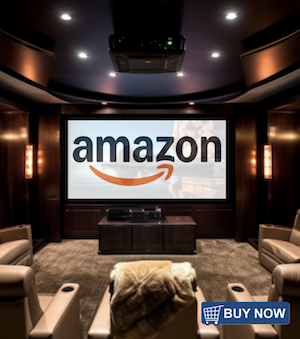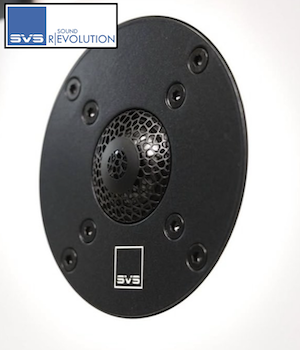Joffieb
Member
Thread Starter
- Joined
- Sep 12, 2021
- Posts
- 49
More
- Preamp, Processor or Receiver
- Rotel RC995
- Main Amp
- Rotel RB981
- DAC
- Modi 3
- Streaming Equipment
- Audioengine B-Fi
- Streaming Subscriptions
- Tidal, Spotify
- Front Speakers
- B&W 685s2
- Subwoofers
- AE Aegis Neo V2
- Other Equipment
- MiniDsp nanoDigi 2x8
I have been using REW for years now and read hundreds of posts but the one thing that I have struggled to find answers to is, "What is a good measurement?"
Floyd E Toole says, (rightly or wrongly) speakers that measure well, sound good in blind tests, BUT what does "measure well" mean?
For the SPL I may have seen that the whole measurement must be within 10dB, or no peak or null should be more than 5 dB from the middle.
So please someone answer:
1. What is a good SPL reading? (What smoothing is okay to apply when looking? to me 1/1 gives a very but readable view)
2. What is a good distortion graph? (at what frequencies)
3. What is a good spectrogram?
4. What is a good IR or Filtered IR reading?
5. Any other widows that indicate a good set up/room?
6. What is Rt60 and what's a good one to aim for?
7. How can I get my SPL to show +/- 10 dB range with 0 in the middle?
Thanks!!!
Floyd E Toole says, (rightly or wrongly) speakers that measure well, sound good in blind tests, BUT what does "measure well" mean?
For the SPL I may have seen that the whole measurement must be within 10dB, or no peak or null should be more than 5 dB from the middle.
So please someone answer:
1. What is a good SPL reading? (What smoothing is okay to apply when looking? to me 1/1 gives a very but readable view)
2. What is a good distortion graph? (at what frequencies)
3. What is a good spectrogram?
4. What is a good IR or Filtered IR reading?
5. Any other widows that indicate a good set up/room?
6. What is Rt60 and what's a good one to aim for?
7. How can I get my SPL to show +/- 10 dB range with 0 in the middle?
Thanks!!!


















